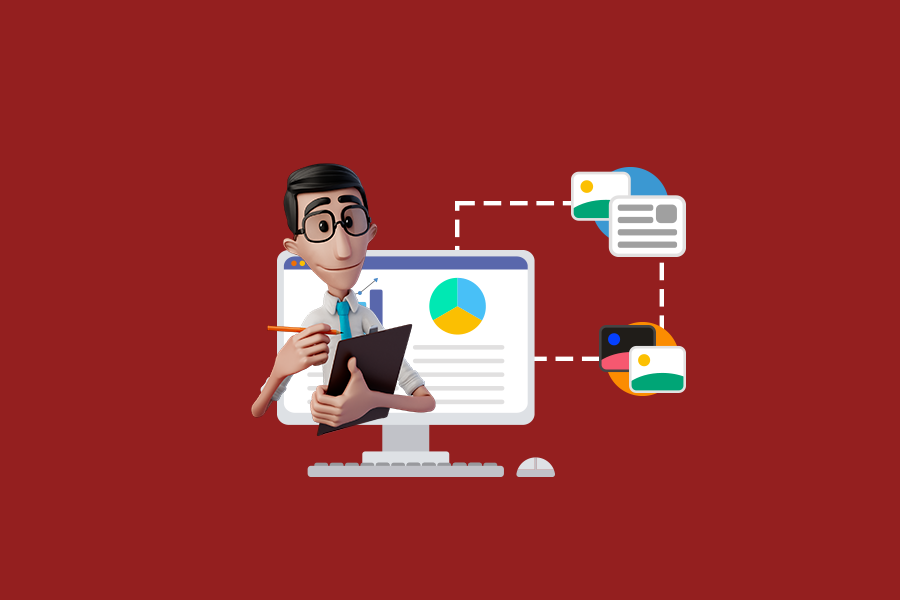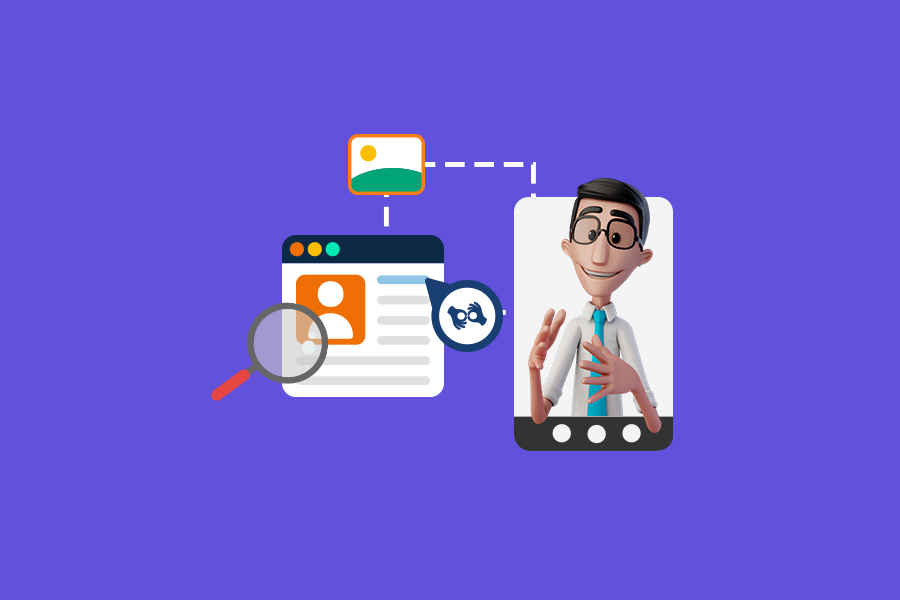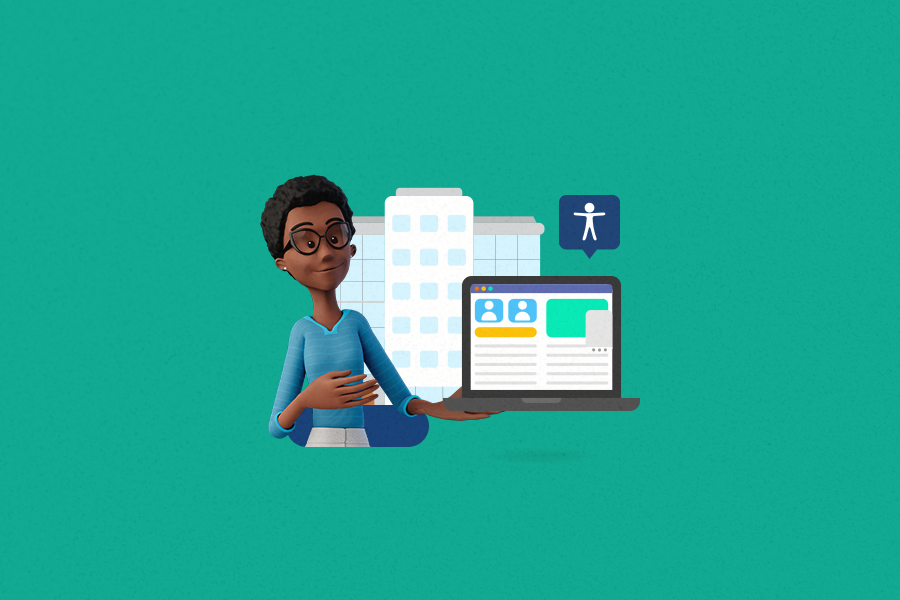
5 questions to ask before buying digital accessibility tools
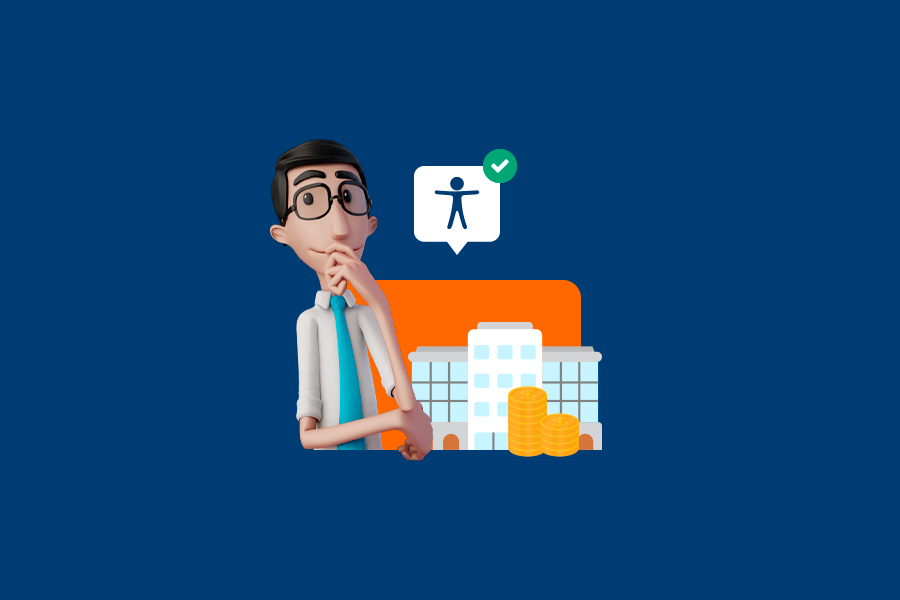
As digital accessibility becomes an increasingly discussed topic in the corporate world and in boardrooms, the search for accessible tools also grows, right?
So the question arises: how do you make the right choice? Which tool to invest in? What to evaluate when you are someone who is not yet familiar with the subject?
For those of you studying the market possibilities, we help you pay attention to the questions you cannot miss. Come with us!
What is digital accessibility?
It is always good to start at the beginning, is it not? So, digital accessibility is related to the practice of making the digital universe, like websites, apps, and online documents, accessible to people with disabilities. This includes people with visual, hearing, physical, cognitive, and other disabilities, including those with temporary or situational limitations.
Digital accessibility is important because it allows all people, regardless of their abilities, to perceive, understand, navigate, and interact with online content effectively and without barriers!
What are the main types of accessibility tools?
There are several accessibility tools available to help make websites and apps more accessible. Here are some examples:
- Screen readers: software that converts text into audio, allowing blind people or those with low vision to listen to the content of a website;
- Screen magnifiers: tools that increase the size of text and visual elements on the screen, making it easier to read for people with low vision;
- Voice controls: allow people with motor limitations to control a device using voice commands;
- Captions: make audio content accessible in text for deaf people or those with hearing disabilities who are proficient in written language;
- Sign Language translators: plugins installed on websites that automatically convert all written content on a web page into Sign Language, or ASL (American Sign Language) in the case of the United States;
- Virtual keyboards: allow people with motor limitations to use a virtual keyboard directly on the screen.
How to implement digital accessibility on your website?
Implementing digital accessibility on a website does not have to be a daunting task. The important thing is to follow some best practices and basic guidelines, and try to include accessibility early in a new project.
To help you get started, here is a basic checklist to guide you in the first actions to make your website accessible:
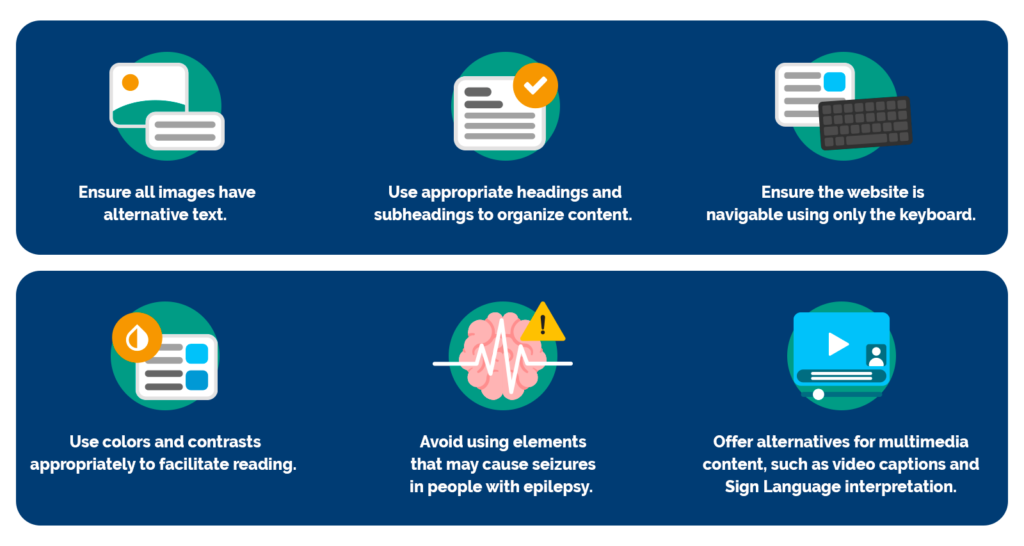
Questions to ask before buying a digital accessibility tool
Now that you understand a little more about digital accessibility and know some of the main assistive tools, it is time to choose which one to invest in, right?
However, before purchasing a digital accessibility tool, it is important to ask some questions to ensure that it meets the needs of your website and your audience. Here are some relevant questions to consider:
- Does the feature you are purchasing operate equally well on both mobile and desktop versions?
This is a very important question, as the web is increasingly accessed through smartphones. In fact, mobile versions now account for 80% of all digital access worldwide, compared to 20% for desktop versions.
Therefore, make sure to find out if the tool you are purchasing works on both platforms, without limiting or impairing navigation on either.
- Is security policy a priority for this business?
Security is super important in all aspects, especially in the web environment, is it not?
Therefore, having a recurring risk mapping and in-depth analyses that guarantee your security as a customer against cyber attacks is essential. One way to ensure this is through intrusion testing certificates, so pay attention!
- Is there any type of customer dashboard for metrics tracking?
What level of study and knowledge does the final audience of this provider you are investigating have?
In addition to making the website accessible, it is important to understand the usability and adherence of the final audience to the offered features. This allows you to have tangible information to follow up with engagement actions with this audience, for example, and to have feedback about the satisfaction of that contracted resource.
- Is there a dedicated Customer Success person to assist you?
Accessibility may still be a very new topic for you. Therefore, it is very interesting to have the support of professionals from a Customer Success team to assist you. With this dedicated person taking care of your account internally, you will have constant help with demands, questions, and support during your accessibility journey.
So, make sure that the assistive tool you are going to hire offers this service as well, if you find it important.
- Is the technical support qualified and agile?
Do you know what the average response time of the tool you are thinking of hiring is for support tickets?
The diversity in the web environment is immense, with multiple platforms and different configurations. Therefore, analyzes and adaptations in the digital environment may be necessary for a better performance of the tool, or even for a quick resolution of any unforeseen circumstances.
How does accessibility impact companies?
Accessibility can have quite a significant impact on companies, as it expands their reach and positively influences their reputation.
By making their digital products accessible, organizations can reach a broader audience, including people with disabilities, who have a disposable income of half a trillion dollars just in the United States. This can result in increased sales and customer loyalty, as people increasingly value brands that are inclusive and care about accessibility.
Additionally, compliance with accessibility standards can help companies avoid fines and comply with legal requirements, such as the Americans with Disabilities Act (ADA). These measures not only reduce the risk of lawsuits but also demonstrate the organization’s commitment to equality and inclusion, which can strengthen its image and attract customers and talents aligned with these values.
Conclusion
Digital accessibility is an essential part of the web’s development and evolution. It is responsible for ensuring that all users can access and interact with online content.
Because of that, when considering investing in digital accessibility tools, it is important to ask the right questions to ensure that you are choosing the ideal solution for your needs.
Here at Hand Talk, we believe that quality, security, and support are the foundation for an excellent experience. In addition to offering a customer dashboard and Customer Success professionals, we have an average resolution time for support tickets of 2 hours. Fast, is it not?
We deliver all this along with our digital accessibility plugin, which not only automatically translates texts into Sign Languages but also offers various other assistive features. Talk to experts and learn more!
